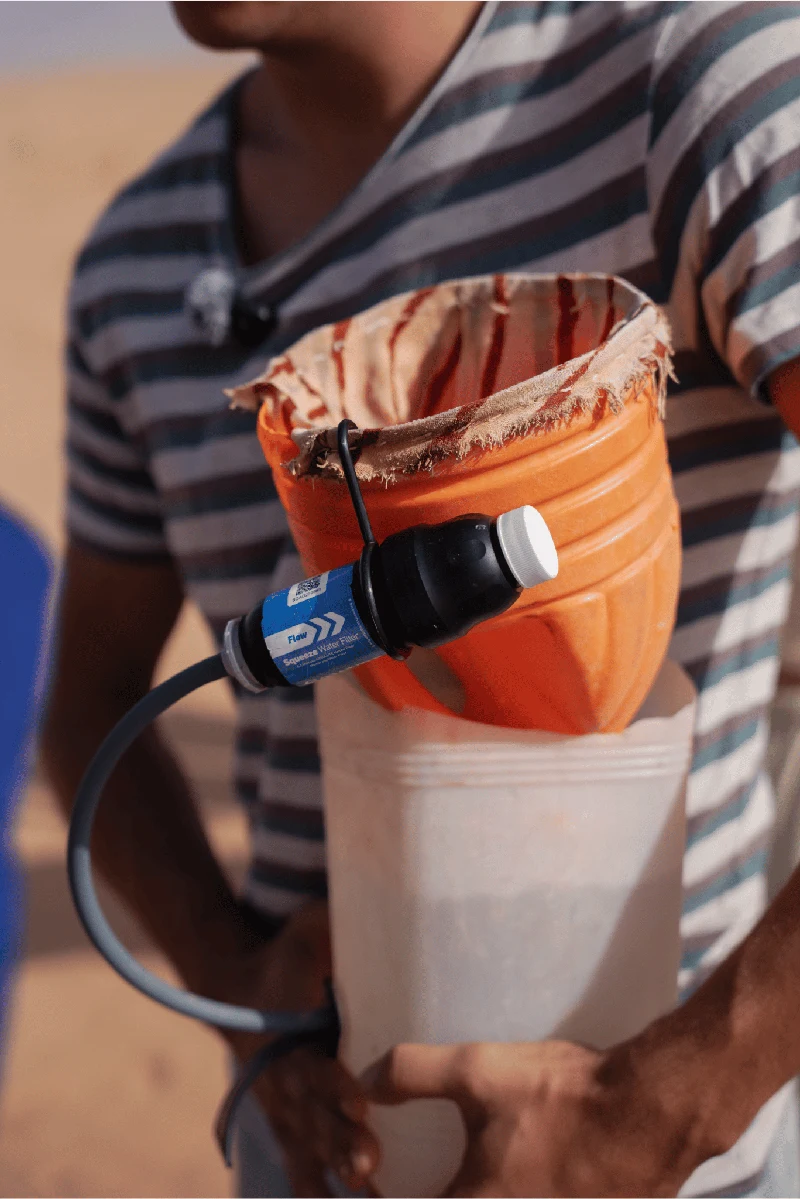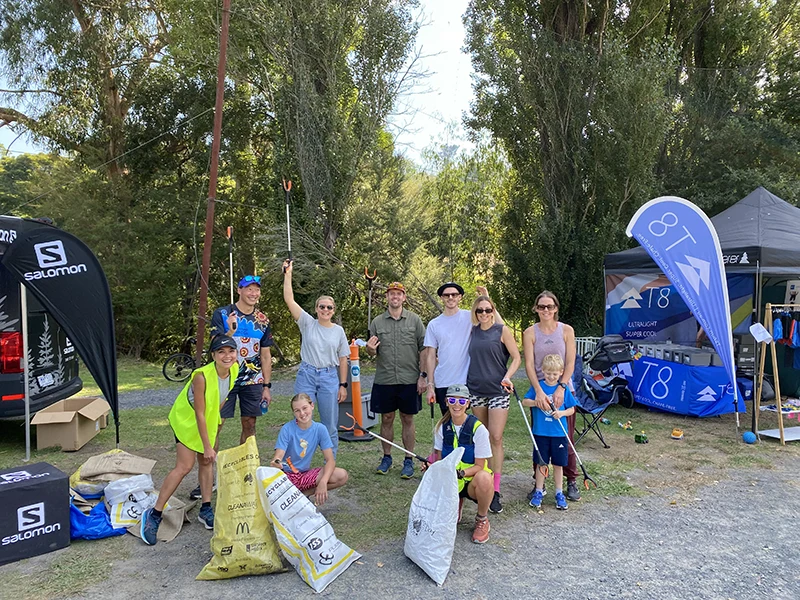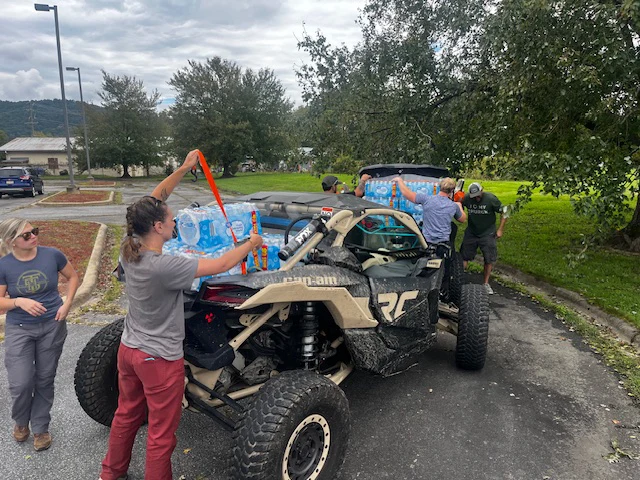

Water is life. Without it, we’d cease to exist.
It adds a certain “je ne sais quoi” to any vista, photo, or campsite. Onlookers can find a sort of tranquil peace while staring into its endless spectrum of blues and whites, the quality of its depth, mesmerizing, the rhythmic patter of rain, enchanting. Snow-capped mountains transform otherwise harsh peaks into something out of a fairytale. Glacial lakes mirror an infinitely blue sky. Icicles create a kaleidoscope of images as they hang from stone and tree. The sound of it on rooftops sets the mood for a cozy day filled with comfort.
A thru-hiker experiences water intimately, in all its forms: flowing liquid, rain, hail, snow, ice, mist, and cloud.

Have you ever experienced sinking through snow up to your waist, or higher? It’s a terrifying feeling, and you feel pretty helpless when it happens. What about stepping on pure ice and having the world spin as you slip backward?
There’s a duality to our relationship with water.
We often see the positive side of this relationship in the world around us; water fills a swimming pool, brews coffee, makes beer, cleans our bodies, and even keeps our lawns green. However, in the backcountry, a far different perspective is apparent; one linked to absolute need, struggles, worries, and even true danger.
From a thru-hiker’s point of view, water is life in more ways than one.

My wife (Basecamp) and I (Yeti Legs) hiked the Pacific Crest Trail (PCT) in 2022. We started in early March hoping water sources would still be (mostly) viable given their seasonality in the West, and so that we’d enter the snow-covered Sierra in the secret season - the interval between late winter and early spring when snowpack is still hard enough to walk on, rather than through (post-holing).
Hiking northbound (NoBo) on the PCT, each section of the trail brought with it drastically different encounters with water, running the gamut from love to fear.

In the SoCal desert, we were hot…very hot. Water was scarce, as you might expect, but it was there. We struggled to find viable sources save for lingering snow in the high terrain and forests of the San Jacinto, San Bernardino, and San Gabriel Mountains, while at other times we hauled 8-12 pounds of it on our backs like doomsday preppers.
Water in the desert was a rare commodity, and we always sighed a breath of relief when we reached a sweet, flowing trickle of the stuff.
When we started to run low, an unspoken sense of panic would wash over us because we knew just how dire the situation could become if we ran dry for too long.

By the time we reached the Sierra in May (when the secret season should have been) we were in the middle of the thaw, which is fairly self-explanatory. While snow in the high mountains of SoCal had left our shoes and socks soggy from slosh, in the Sierra we had more snow than we knew what to do with as it melted under our feet.
Water sources were everywhere, but so was real danger.
For a month we post-holed to our knees, waists, and sometimes even our chests in snowpack. The risk in post-holing is that you have no idea what’s under the snow, be it a flowing creek, jagged rocks, limbs, or even air gaps that could trap you. What’s worse is that, if you sink deep enough and don’t act quickly, the snow can begin to freeze around you from your body heat creating a melt-freeze effect.
The water crossings were no longer frozen bridges but raged with 8 months of snowmelt flooding their veins.
Basecamp was the most affected, physically shaking when she read comments in FarOut about large water crossings ahead. When we began our descent of Bishop Pass, she nearly experienced a panic attack after post-holing to her collar multiple times.

Both NorCal and Oregon boasted snowmelt: not deep snowmelt, but enough to flood trails and create prime breeding grounds for billions of mosquitoes.
Was flooded trail and the accompanying mosquito onslaught deadly? Not really, but it was soul-crushingly annoying.
We’d escaped true danger in the Sierra relatively unscathed but were subsequently dealing with death by a thousand annoyances; mosquito bites, mad dashes into our tent at night, sopping shoes and socks for weeks, and wading through mire where there should have been dry trail.

When we finally reached Washington in August, everything was dry. Unfortunately, it had become too dry. The lack of water had taken its toll and that gave rise to fires. They spat up in NorCal, Oregon, and even at the northern terminus of the PCT, taking with them large swaths of trail, and the dreams of hikers who’d hoped to finish a complete thru-hike.
As Basecamp and I reached our final campsite of the PCT looking down over Canada, six fires raged around us. That night, we hoped for rain that never came.
When we reached the northern terminus the next day, ash was the only thing falling from the sky. Waves of heat smothered us as we climbed up and out from the Canadian border. We’d finished just in time, but the trail had been closed to the remaining hikers. The only water that came that day was in the form of tears.

The average human body is composed of 60% water. We are undeniably, inextricably linked to it, but we sometimes fail to see the gravity of that connectivity until thrown into those most raw and rugged situations. On our 6-month journey from Mexico to Canada, we deeply desired water, feared its cold and icy labyrinth, despised it for flooding our precious trail, and yearned for it to shower us with blessings from fire.
That very same water, and all the relationships we had with it, made us who we are today.
Having completed the PCT, followed by the Tour du Mont Blanc in the same year, we witnessed water in all its forms. Most intimately, we witnessed its weeping.
Once mighty glaciers in the European Alps receded upwards in elevation, seeming to shed a tear with every drop that melted away to climate change. To anthropomorphize water, it appeared sad. Just as the glaciers cried, the need for water, the fear it instilled, and the danger its absence wrought caused us to feel its pain in the Alps. After living in a rugged, backcountry environment through a dynamic relationship with water for 6 months, we will never take water for granted like we once did.
Water is life.
~Yeti Legs
From the Squad
Campfire conversations with our community, from Squad Members and Ambassadors to Brand Partners and the Sawyer team.

















